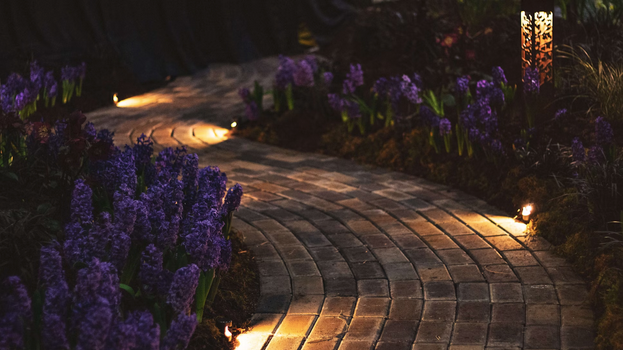If you are one of the lucky ones to own your own property, you are likely constantly searching for ways to update the look of your home to better match the sheer amount of money you are paying on your mortgage. While many will look inward, if you have a decent-sized yard that you enjoy spending time in, your efforts could be put to better use by looking outward. As the title suggests, this post will be about how you can utilize the vast array of paving options to improve your home's aesthetic dramatically.

Don't Skimp On Materials
When you set out building landscapes with Walkway Pavers, it's vital to avoid skimping on materials. Using lower-quality options will not only shorten the lifespan of the materials but will also render the amount of effort and money invested in vain. Many homeowners are tempted to save money by choosing cheaper ones, but this will ultimately end up costing you more in the long run in repairs or updates. Lower-grade concrete or clay pavers may crack or crumble just a few years after installation (although clay pavers can look amazing, you just have to understand this point).
The joints between pavers may start coming loose, causing an unkempt look. Weeds can more easily grow through openings. Instead, opting for the right pavers and paying a little extra will keep things looking exactly as you may have planned in your head. Those made from natural stone like granite, limestone, or slate will withstand weathering with minimal maintenance required. Robust sand or gravel will lock the pavers firmly in place. Opt for stone or polymeric jointing sand that won't wash out easily.
Start With A Solid Base
As with all aspects of life, without a solid foundation, no matter how much you invest, the outcome will not be as you hoped. As frustrating as this sounds, it's the truth. The foundation of your paving project will determine whether your new landscaping stands the test of time or ends up as a weed-ridden mess more akin to homes on the other side of the tracks. Proper preparation starts with excavating at least 6-8 inches of soil below the planned paver height. The base should then comprise a compatible gravel-like road base rather than just crushed stone that can wash away. Taking the time to slope the base towards drains allows for adequate water runoff. While this will require more initial work, addressing the base is a crucial aspect of any paver installation to create an issue-free base. Alternatively, you could just hire a landscaper to get the job for you.
Use Proper Drainage Techniques
We briefly mentioned drainage in the previous section, but now we need to examine this a little further because it is so crucial to the final result. Failing to address water flow can quickly lead to problems that are difficult and expensive to remedy. Standing water is never good for any outdoor surface, as it can cause deterioration through freezing in winter or algae growth during warmer months. Without a system to efficiently remove excess water, issues like efflorescence, mold, or structural cracks can develop over time in high-traffic areas. Drainage may seem like an afterthought, but it requires planning from the beginning to be effective.

Consider The Layout Carefully
Too many people will jump right to selecting pavers and accessories without first addressing logistical concerns. However, minor adjustments to the layout early on can prevent significant issues later. Carefully measuring the space and envisioning how it will be used allows for efficient flow and comfortable dimensions. While the temptation exists to rush the layout, taking the time for careful pre-planning pays off in a cohesive, well-integrated design. Property owners are satisfied knowing high-end pavers are arranged efficiently rather than rearranging or replacing sections prematurely. With a smart layout, stunning landscapes are functional for years to come.
Use Pavers In Unexpected Ways To Bring A Unique Design
There's no need to be square when designing your paver pattern; there are so many ways to incorporate fascinating shapes and materials. While the basics are tried and true, unexpected paver configurations can make a bold statement. Mixing in odd-sized or shaped pavers adds visual interest, whether in borders, entries, or focal points. Pavers laid on the diagonal create movement, while radiused sections follow natural curves. Elevating certain features can also draw the eye up, creating a sense of layering that looks great and can be used to get around awkward inclines. Steps, raised planters, or retaining walls constructed with pavers become sculptural elements. Indentations and protrusions produce depth and shadows.
Regular Maintenance Is Key To Keeping Them Looking Amazing
Pavers may seem low-maintenance compared to other landscape features, but regular upkeep is still necessary to maintain their curb appeal and prevent costly issues down the road. Seasonal cleaning prevents dirt, salt, or debris from breaking down the surface over time. Stains from leaves or pollen are best addressed promptly to avoid permanent discoloration. Weeds should also be removed as soon as they appear to inhibit their spreading.
Pavers can be an excellent method to refresh your home's appearance, but they require some forethought and knowledge of materials and layout to get it correctly. Furthermore, once you've constructed the ideal landscape, you'll need to keep it looking great.
Our landscape design software empowers you to create, visualize, and manage stunning outdoor spaces with ease and precision.
Our Style Guide



